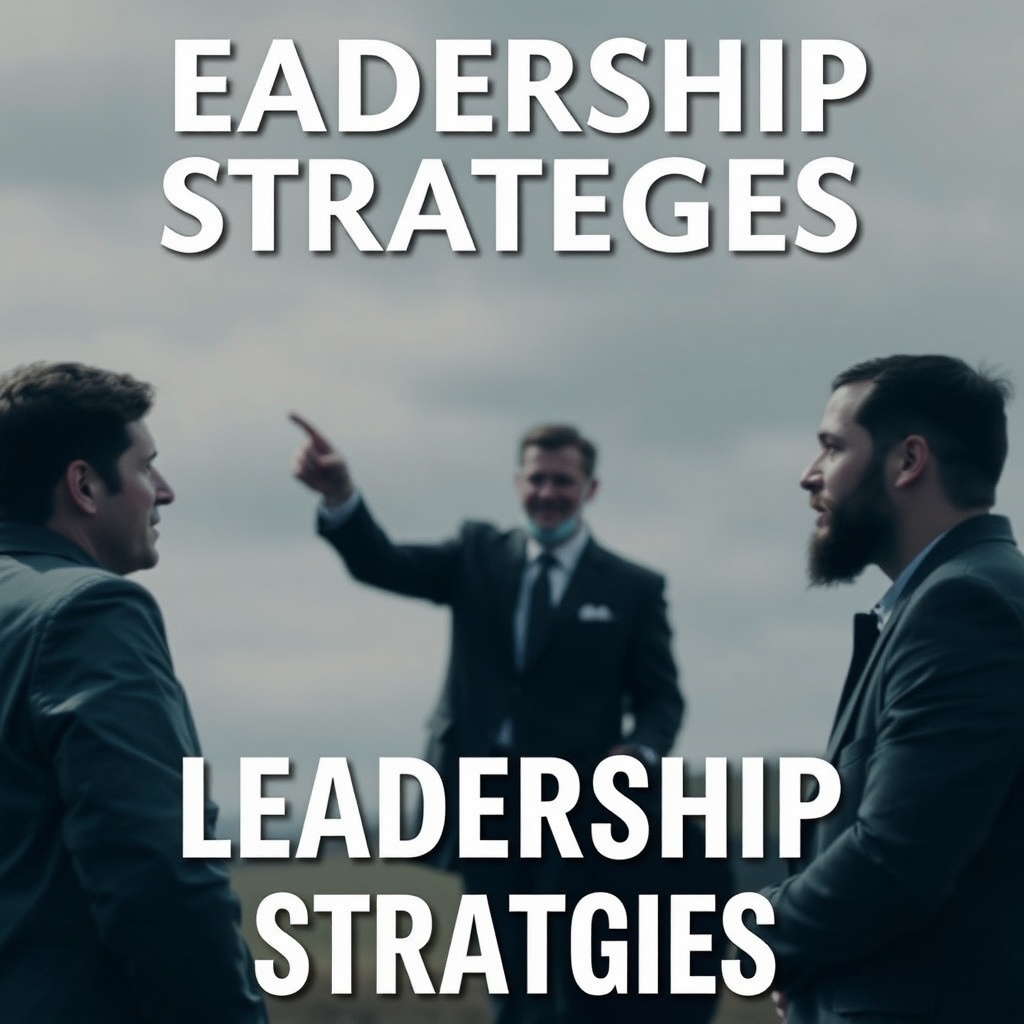Leadership strategies that work now blend adaptability, emotional intelligence, and clear systems for remote and hybrid teams. Organizations that prioritize psychological safety, continuous learning, and decisive but flexible decision-making see stronger engagement and faster execution. The most effective leaders balance vision with practical habits that scale across teams.
Core elements of modern leadership strategies
– Adaptive leadership: Respond to changing conditions by matching styles to context. Shift from directive to coaching behavior depending on team maturity and the complexity of the situation.
– Emotional intelligence (EQ): Recognize and regulate emotions—your own and others’—to build trust, reduce conflict, and improve collaboration.
– Psychological safety: Create an environment where people can speak up, share mistakes, and innovate without fear of retribution.
– Clear decision-making frameworks: Use simple rules or RACI-style clarity to speed choices while preserving accountability.
– Coaching culture: Develop people through regular feedback, targeted development plans, and stretch assignments.
Practical habits to implement now
1. Regular, short check-ins: Replace lengthy status meetings with focused 15–30 minute standups that address blockers and alignment. For hybrid teams, make asynchronous updates accessible and concise.
2.
Use decision filters: Before escalating, apply filters like “is this reversible?” or “who will be most impacted?” to determine the appropriate decision level. This prevents bottlenecks and empowers frontline contributors.
3. Normalize feedback cycles: Encourage upward, peer, and cross-functional feedback by making short, structured prompts part of workflows—e.g., “What worked? What didn’t? One action to try next?”
4. Practice pausing: Teach leaders to pause before reacting to emotionally charged situations. A short pause enables clearer thinking and modelled self-regulation for the team.
5. Delegate outcomes, not tasks: Assign responsibility for results and let people choose methods. This increases ownership and cultivates problem-solving skills.
Building psychological safety and trust
Trust grows through predictable behavior, transparency, and acknowledgement of mistakes. Leaders can model vulnerability by sharing lessons learned and asking for input on decisions.
Fast, honest recognition of errors followed by a clear plan for recovery reduces blame cycles and accelerates learning.
Measuring impact
Track both input and outcome metrics. Combine behavioral indicators (frequency of idea-sharing, feedback submissions, meeting participation) with performance outcomes (cycle time, customer satisfaction, retention).
Use short surveys and pulse checks to spot friction points early.

Developing leadership capacity at scale
Embed leadership development into regular work: rotate people through cross-functional projects, pair junior staff with experienced mentors, and set measurable development goals. Encourage leaders to spend a fixed portion of their time mentoring and coaching rather than only executing tasks.
Common pitfalls to avoid
– Over-rotating styles: Constantly changing approach without clarity confuses teams.
Communicate why and when a style shift is happening.
– Confusing transparency with oversharing: Share context and decisions but protect sensitive information and maintain focus.
– Treating feedback as a one-off: Make feedback continuous and actionable with follow-up so learning compounds.
Actionable starter plan (30–60 days)
– Run a team pulse on psychological safety and priorities.
– Introduce a decision filter and pilot it on current issues.
– Schedule weekly 15-minute alignment standups and monthly coaching sessions.
– Identify two stretch projects and match them with mentors.
Leaders who embed these strategies create resilient, high-performing teams able to navigate uncertainty while nurturing human connection and growth. Small, consistent changes in behavior often deliver the largest gains.